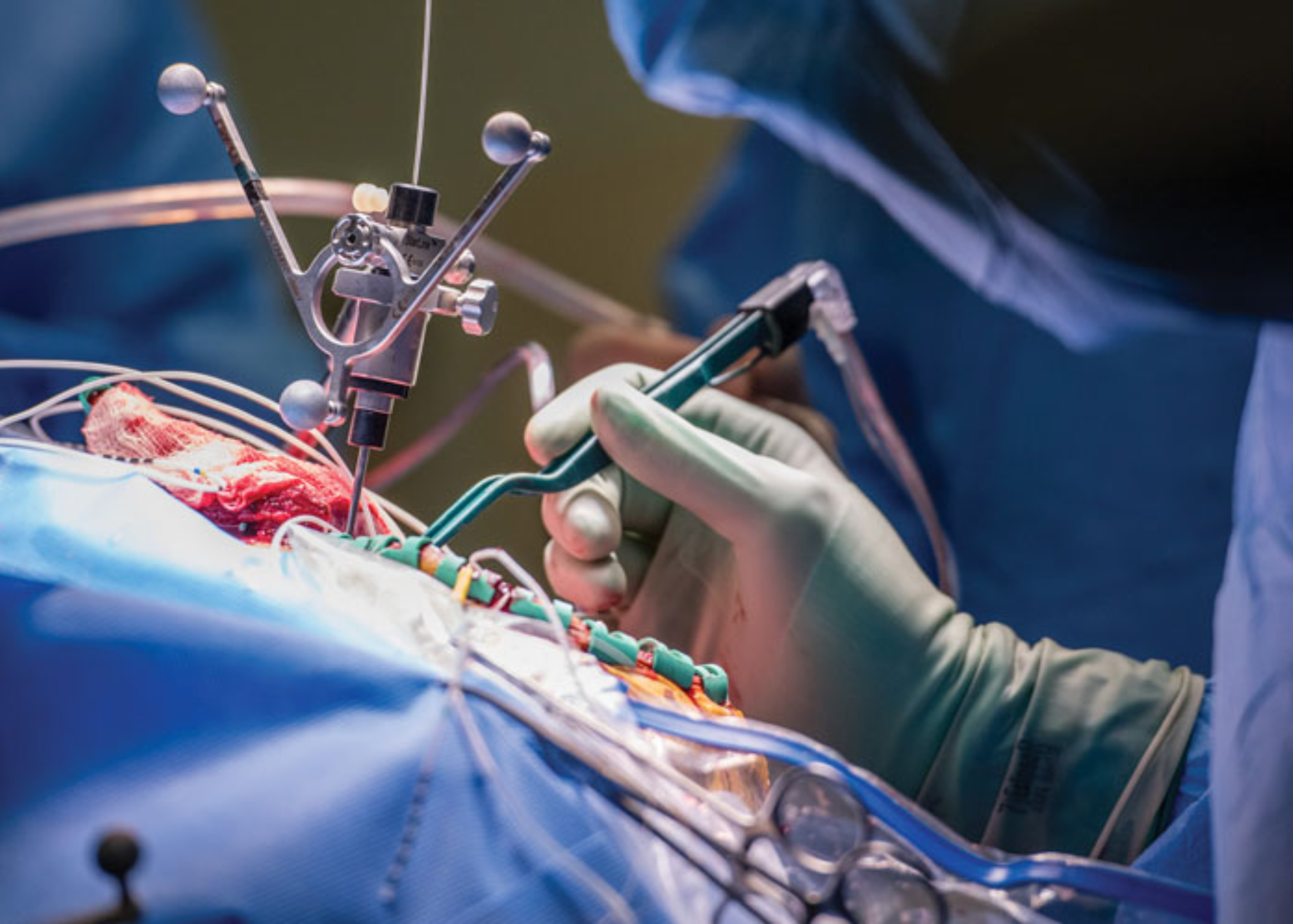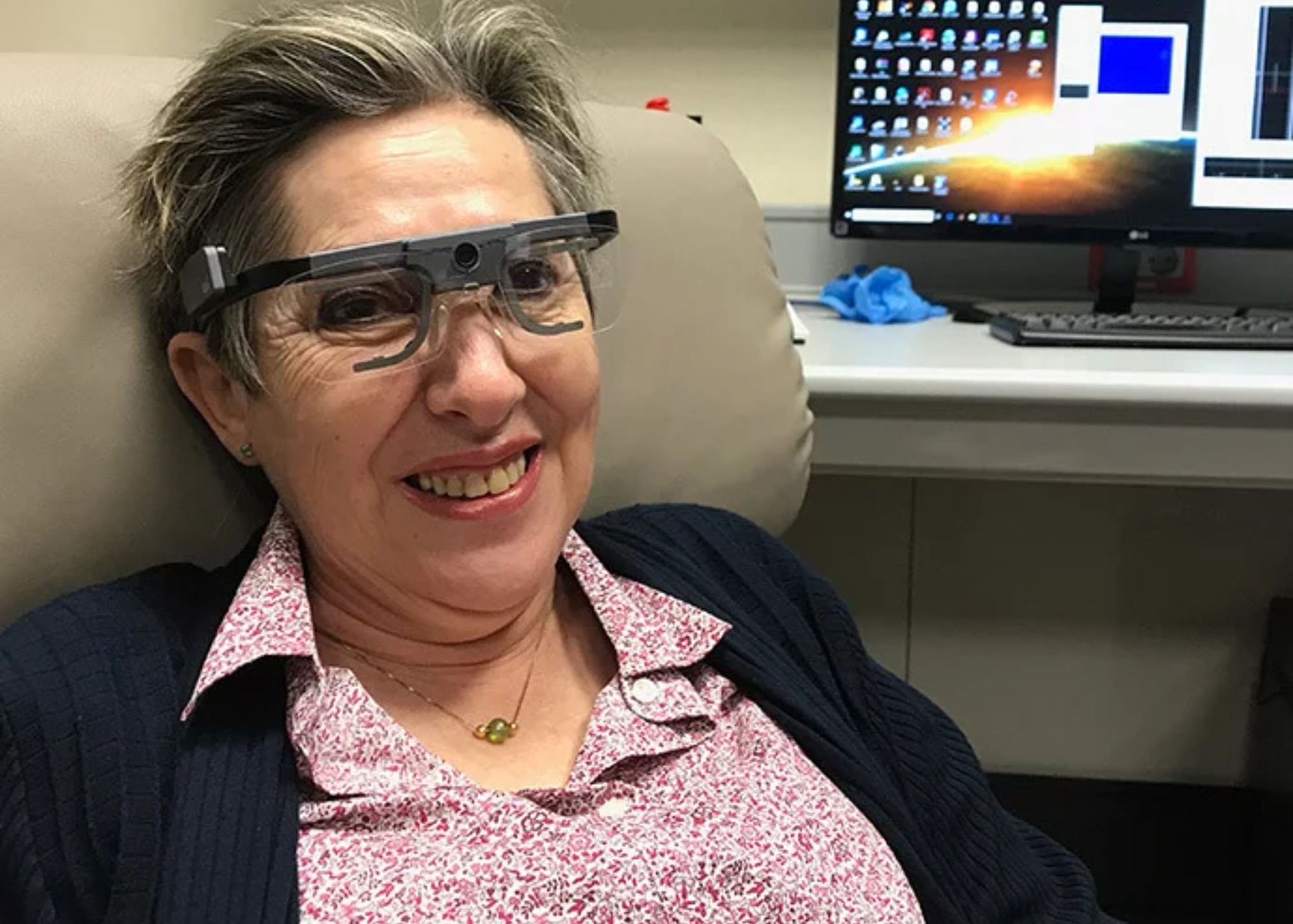New Brain Implant Begins Human Trials - What Does The Result Prove?
Researchers have pondered the possibility of repairing a damaged brain for centuries. Microchip implantation in human brains is no longer science fiction. In fact, the new brain implant begins human trials at this time.
Author:Suleman ShahReviewer:Han JuOct 07, 20225 Shares250 Views

Researchers have pondered the possibility of repairing a damaged brain for centuries. Microchip implantation in human brains is no longer sciencefiction. In fact, the new brain implant begins human trialsat this time.
Brain implants are not an impossible goal if you look at them through the lenses of neuroscience, engineering, and computer technology. In fact, they could help people with degenerative diseases, accidents, vision or hearing loss, and other problems get their lives back.
Brain implants, also known as neural implants, are modern gadgets that are affixed to the cortex of the brain or placed on the surface of the brain to connect directly to a biological subject's brain. This is an example of the expanding field of study known as brain-computer interfaces.
Patients with Parkinson's disease and clinical depression are using neural implants like deep brain stimulation and vagus nerve stimulation more and more. Brain implants can electrically stimulate, block, or record signals from single neurons or groups of neurons in the brain.
Tiny Brain Implant To A Blind Former Teacher

Researchers from the U.S. and Spain who worked on the project say that Berna Gómez, a former science teacher who has been blind for 16 years, can now read letters, see the edges of objects, and even play a Maggie Simpson video game. This is all thanks to a visual prosthesis that includes a camera and a brain implant. This week, The Journal of Clinical Investigation (JCI) published a summary of the study.
In the trial, Berna Gómez, a former teacher who has been blind for more than 16 years, had a microelectrode array implanted into her visual cortex. Then, the implant was connected to a video camera that was placed in the middle of a pair of glasses.
The research background of the study and its results discussion are as follows. The following statements are obtained from the original study that can be found in JCI.
Background Of The Study
"A long-held goal of vision therapyis to transfer information directly to the visual cortex of blind individuals, thereby restoring a rudimentary form of sight. However, no clinically available cortical visual prosthesis yet exists."
Results
"Implantation and subsequent explantation of intracortical microelectrodes were carried out without complications. The mean stimulation threshold for single electrodes was 66.8 ± 36.5 μA. We consistently obtained high-quality recordings from visually deprived neurons and the stimulation parameters remained stable over time.
Simultaneous stimulation via multiple electrodes was associated with a significant reduction in thresholds (P < 0.001, ANOVA) and evoked discriminable phosphene percepts, allowing the blind participant to identify some letters and recognize object boundaries."
Conclusion
"Our results demonstrate the safety and efficacy of chronic intracortical microstimulation via a large number of electrodes in human visual cortex, showing its high potential for restoring functional vision in the blind."
According to the research study, it says that the test subject had the implant for six months and had no problems with her brain activity or other healthproblems. Scientists have wanted for a long time to be able to give blind people a basic form of sight by sending information directly to the visual cortex of the brain. This study is a step toward that goal. One of the lead researchers, whose name is Eduardo Fernández of Miguel Hernández University, stated:
“„These results are very exciting because they demonstrate both safety and efficacy. We have taken a significant step forward, showing the potential of these types of devices to restore functional vision for people who have lost their vision.- Eduardo Fernández of Miguel Hernández University
Musk's First Neuralink On Humans
What are your thoughts on having a chip surgically inserted into your brain? Most people are against the plan because they fear becoming mindless drones under distant control. But Elon Musk, who is worth a billion dollars, wants to change society by putting chips in people's brains.
His company, Neuralink, is about to release a brain chip. Brain-machine interfaces are the focus of research and development at Neuralink Corporation, a neurotechnology firm. The company is based in the Pioneer Building in San Francisco. OpenAI, which was started by Elon Musk, Max Hodak, and Paul Merolla, is also based in the same building.
When it comes to neural implants, what advantages does the newest Neuralink chip have to offer, and in what ways will it benefit you specifically? In the video below, Elon Musk talks about when his Neuralink brain chip will be available to the public.
Video unavailable
This video is unavailable
David Ferrell, one YouTube user commented on the Neuralink breakthrough. He said: "I've read a lot about this and I think it’s absolutely amazing! He’s trying to help fix people that have lost use of a limb, or been paralyzed. No matter how you feel about him, at least he is trying to help humanity."
Meanwhile, Crixus wrote in a comment where he stated:
"Lots of crazy medical conditions out there like mine for example. I have super brittle bones that if I fall I might just fracture few ribs and my leg. If this turns out great and it's easy to sync and control artificial limbs then I don't see why not have this chip implanted and my limbs replaced with super ones that won't fracture.
I've done more than 30 painful surgeries so far so this seem like an amazing solution for me tbh. It's not bad at all and if I were to get a chance to participate then I'll do it 100%"
People Also Ask
Can You Implant A New Brain?
Almost all implants require open brain surgery, but in 2019, a company called Synchron was able to successfully implant a brain–computer interface through the blood vessels. In fact, there are 34 people from around the world who have had computer interfaces implanted in their bodies.
Is Neuralink FDA Approved?
The chip is intended to enable patients with severe paralysis to communicate via thought. Elon Musk's Neuralink has a similar goal but has yet to be approved by the FDA.
Do Brain Implants Change Your Identity?
According to the findings of a study published in AJOB Neuroscience, brain implants for epilepsy do not alter an individual's personality or self-perceptions. Tobias Haeusermann of the University of California, San Francisco, who led the study, said in a statement:
“„Next-generation brain stimulation devices can modulate brain activity without human intervention, which raises new ethical and policy questions. But while there is a great deal of speculation about the potential consequences of these innovative treatments, very little is currently known about patients' experiences of any device approved for clinical use.- Tobias Haeusermann, Lead researcher of the University of California, San Francisco.
Final Thoughts
Even though science fiction books and movies like "Brainstorm," "Neuromancer," and "Johnny Mnemonic" are deeply ingrained in the public's mind, today's brain implants don't give people mind control or superhuman abilities. So far, 34 people all over the world have had a computer interface put into their bodies. These devices are made to help people who have lost their sight, hearing, or physical or mental abilities.

Suleman Shah
Author
Suleman Shah is a researcher and freelance writer. As a researcher, he has worked with MNS University of Agriculture, Multan (Pakistan) and Texas A & M University (USA). He regularly writes science articles and blogs for science news website immersse.com and open access publishers OA Publishing London and Scientific Times. He loves to keep himself updated on scientific developments and convert these developments into everyday language to update the readers about the developments in the scientific era. His primary research focus is Plant sciences, and he contributed to this field by publishing his research in scientific journals and presenting his work at many Conferences.
Shah graduated from the University of Agriculture Faisalabad (Pakistan) and started his professional carrier with Jaffer Agro Services and later with the Agriculture Department of the Government of Pakistan. His research interest compelled and attracted him to proceed with his carrier in Plant sciences research. So, he started his Ph.D. in Soil Science at MNS University of Agriculture Multan (Pakistan). Later, he started working as a visiting scholar with Texas A&M University (USA).
Shah’s experience with big Open Excess publishers like Springers, Frontiers, MDPI, etc., testified to his belief in Open Access as a barrier-removing mechanism between researchers and the readers of their research. Shah believes that Open Access is revolutionizing the publication process and benefitting research in all fields.

Han Ju
Reviewer
Hello! I'm Han Ju, the heart behind World Wide Journals. My life is a unique tapestry woven from the threads of news, spirituality, and science, enriched by melodies from my guitar. Raised amidst tales of the ancient and the arcane, I developed a keen eye for the stories that truly matter. Through my work, I seek to bridge the seen with the unseen, marrying the rigor of science with the depth of spirituality.
Each article at World Wide Journals is a piece of this ongoing quest, blending analysis with personal reflection. Whether exploring quantum frontiers or strumming chords under the stars, my aim is to inspire and provoke thought, inviting you into a world where every discovery is a note in the grand symphony of existence.
Welcome aboard this journey of insight and exploration, where curiosity leads and music guides.
Latest Articles
Popular Articles